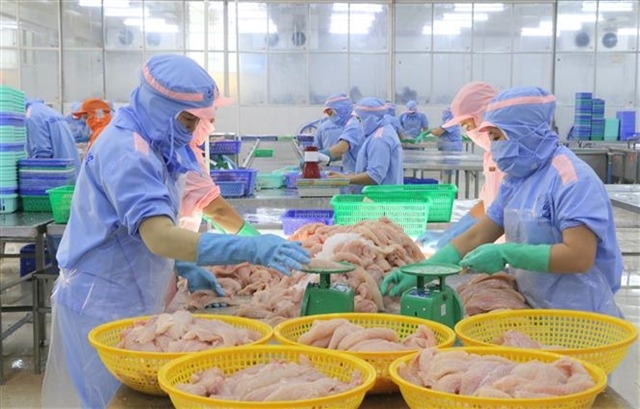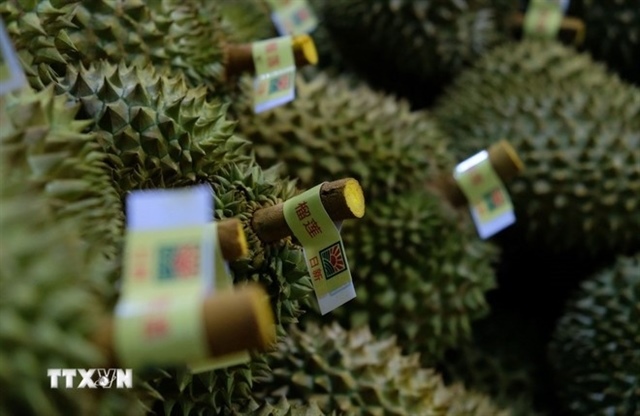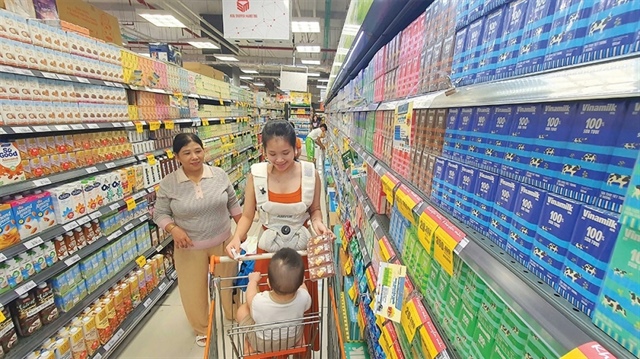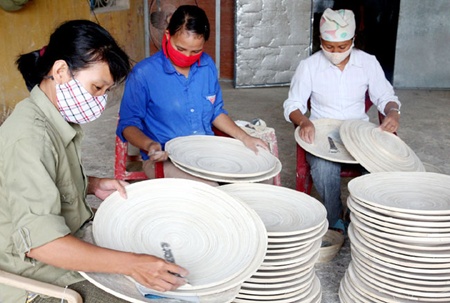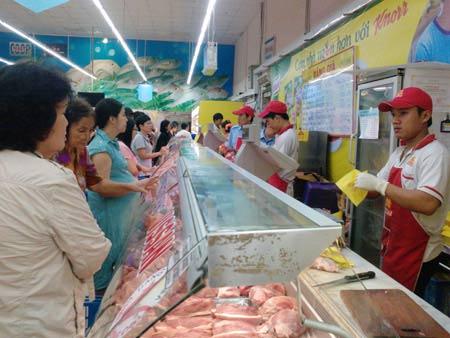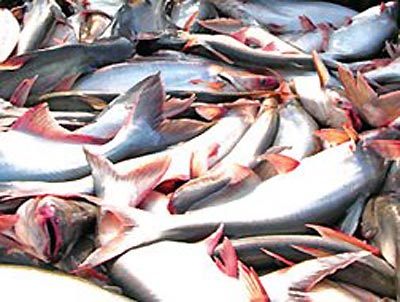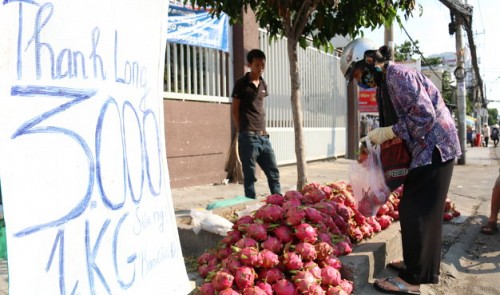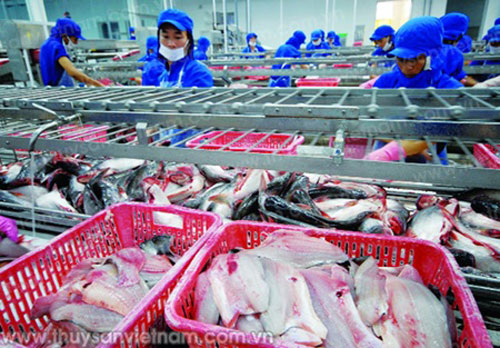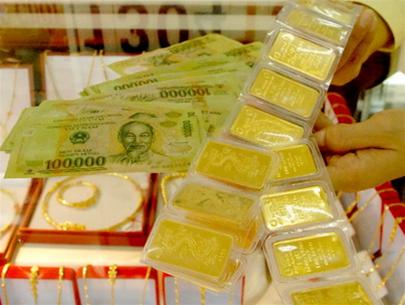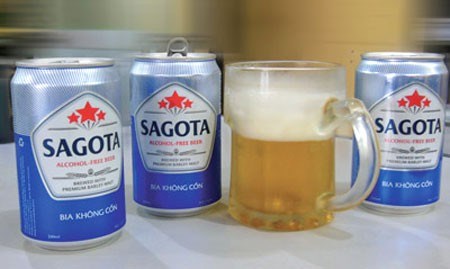Vietnam’s TV digitalisation plan spurs big moves from local providers
Vietnam’s TV digitalisation plan spurs big moves from local providers
Vietnam is turning into a promising market for local and foreign vendors offering solutions and terminal devices thanks to a national plan to digitalise television that came active this year.
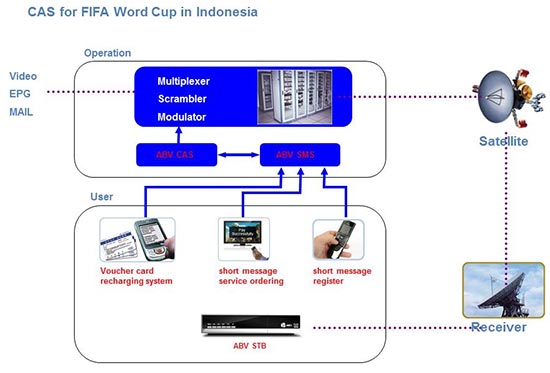
The national plan to digitalise television broadcasting and transmission to 2020 is aimed at converting TV broadcasting transmission infrastructure from the current analogue technology to digital, in order to improve service quality, increase the number of available channels, diversify service forms, improve efficiency of radio frequencies, and free up frequency sources to develop broadband mobile services.
Accordingly, the first phase of the plan will include five cities, namely Hanoi, Ho Chi Minh City, Haiphong, Danang and Can Tho. Broadcasting TV channels via analogue infrastructure will be completely converted to digital before December 31, 2015.
Gao Di, vice general manager of Alliance Broadcast Vision International, which offers conditional access systems (CAS) and middleware for digital television, said the TV digitalisation plan will create opportunities for many people in Vietnam to approach higher quality television with more diverse content.
“Those who can’t afford paid television will benefit a lot from this plan,” said Gao Di.
According to the White Book released by the Ministry of Information and Communications (MIC) for 2013, there are currently 22 million television households in Vietnam.
Of this 22 million, 2.6 million are cable television subscribers, 3.3 million are satellite TV subscribers, 12.5 million watch analogue television, and 3.5 million are using ground receivers DVB-T (Digital Video Broadcasting – the old standard television technology). This latter segment is mostly in rural and mountainous areas. Once the conversion to digital television is complete, television will not be available to the subscribers of the latter two service types. “We must follow through on the digitalisation roadmap to ensure quality television and best serve the people,” said Minister of Information and Communications Nguyen Bac Son.
“Digitalisation will help transmit higher qualiy television programmes, spread the availability of HD and 3D programmes, and optimise frequency use. With analogue technology, a band will only serve one television channel, while with the DVB-T2 technology, one band can serve 20 channels,” said Doan Quang Hoan, general director of the Authority of Radio Frequency Management under the MIC.
The plan has fired a race between TV service providers to upgrade their technology, infrastructure and content. VTV, VTC and other broadcasters in the five aforementioned cities are taking steps to ensure the target of December 31, 2015 is met. For instance, VTV has developed 122 analogue and two digital systems, and are in the process of converting all their analogue systems into digital. VTC has completed replacing receivers to meet DVB-T2 standards.
According to the MIC, there are 67 broadcasters, 27 cable TV broadcasters, 5 terrestrial digital TV broadcasters, and 3 satellite digital TV broadcasters, comprising VTV, VTV and AVG. VNPT is also asking for a satellite television licence to provide satellite services alongside its internet television MyTV service, with the expectation of starting to provide satellite television services from next year.
“Local broadcasters and television service providers should take this as an opportunity to compete for market share,” said Gao Di.
vir


